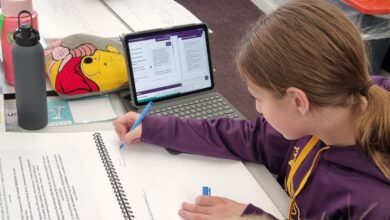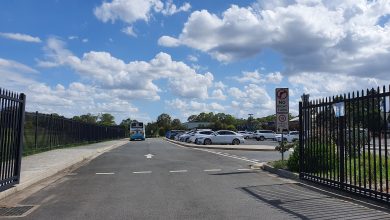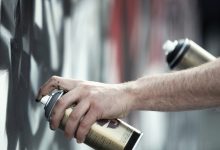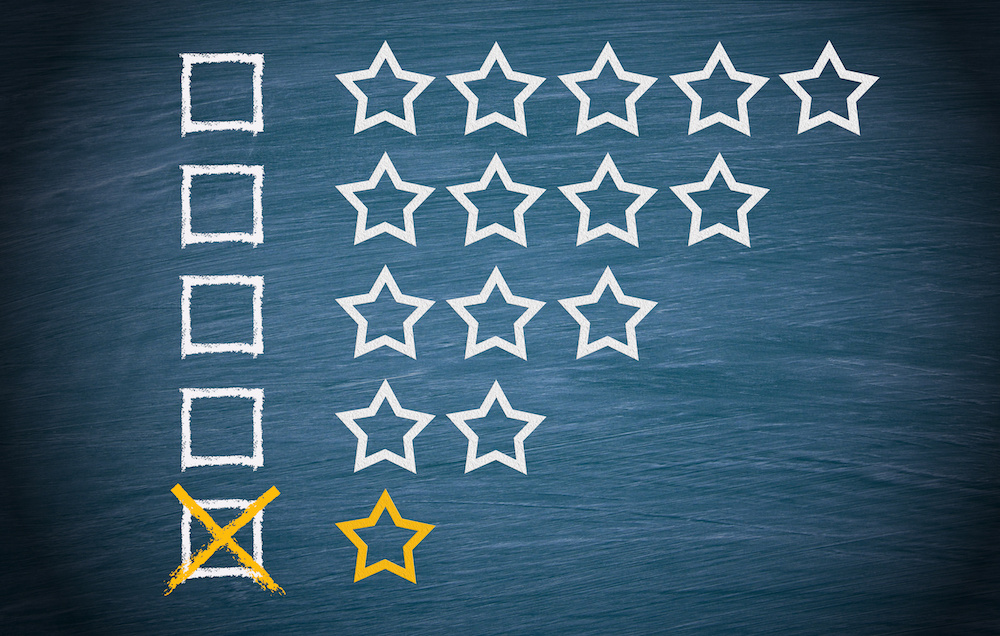VIC schools enter stage 3&4 lockdown but is it enough?
Tuesday will be a Pupil Free Day and schools will only stay open for vulnerable children and those who cannot be supervised at home.
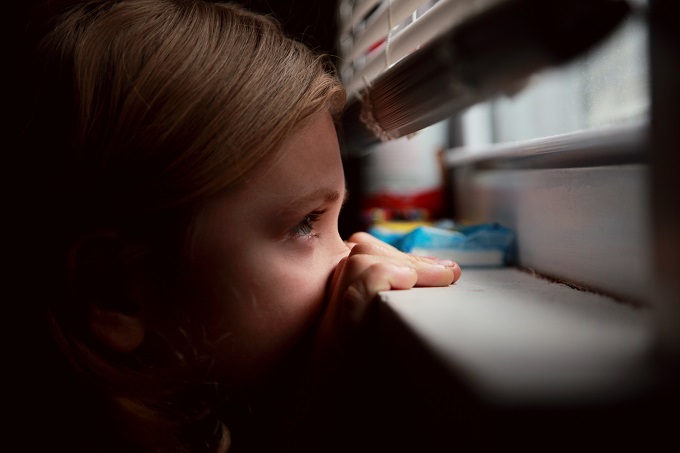
Premier Dan Andrews made the announcement Sunday afternoon and said that lockdown restrictions will be in place for 6 weeks.
The time for warnings and cautions is over,” he said, asserting that fines will enforced for anyone breaking lockdown rules.
Melbourne Schools will close from Wednesday, with a skeleton staff remaining on campus to supervise children who cannot be supervised at home – primarily vulnerable children and children of essential workers.
Regional Victoria is moving to stage 3 for early childhood and most school year levels, but VCE students in regional Victoria and Melbourne will all move to remote learning so that there’s a “level playing field”, Education Minister James Merlino clarified.
Asked whether Victorian Year 12 students will be disadvantaged by lockdown, Merlino said the 6-week lockdown moves VCE students to remote learning for the remainder of Term 3. He said the general achievement test (GAT) will move to early term 4, but VCE exams will not change and he assured VCE students that they will receive their VCE certificate and ATAR by the end of the year. “We will be in-step with every state and territory.”
Special schools will also close and only be open for vulnerable students, and students of essential workers. Who qualifies as an essential worker? That will be clarified in a new press conference on Monday.
Victoria is experiencing a whirlwind second wave, with outbreaks in essential services posing particular concern for communities.
Further restrictions will be announced Monday. All Victorians have been told to stay home or face fines, and to wear masks and social distance when leaving the house for essential food and/or services.
Lockdown has been triggered because of the high number of “mystery cases” in Victoria, where contact tracing is not able to ascertain where people contracted the virus within their communities.
Andrews also said he has met with PM Scott Morrison and believed JobKeeper and JobKeeper will be extended to account for lockdown.
Now that NSW cases are also climbing, and QLD has begun to identify new cases, we can expect further announcements from state leaders. Many are calling for preventative lockdown measures in these states to avoid the case numbers we are now seeing in Victoria.
More to come.


